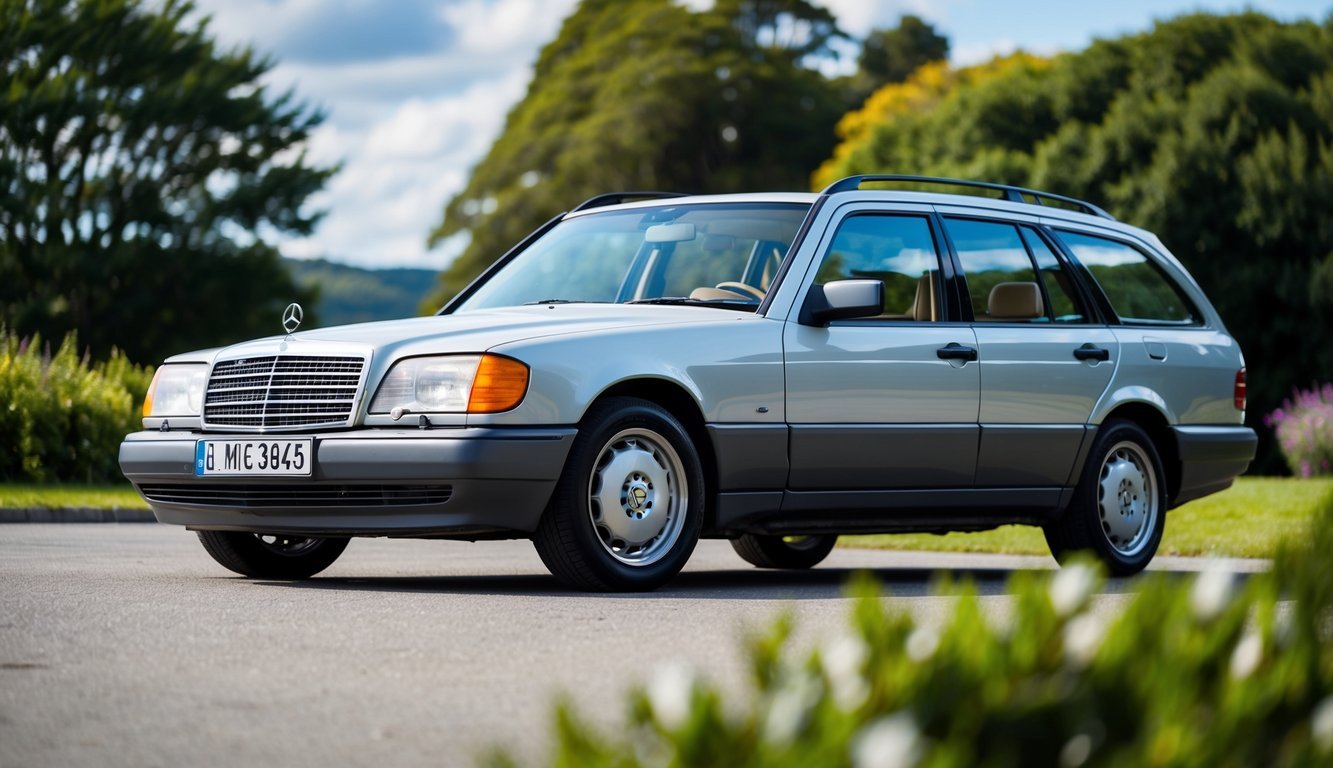Since sharing my tale, “I Bought My First Tow Truck at the Age of Five,” back in 2010, I’ve enjoyed bringing you a variety of automotive stories here at TTAC.
Today, I’m thrilled to showcase a standout W124 Mercedes-Benz wagon I stumbled upon in a Denver salvage yard.
Lately, I’ve been assisting my mother-in-law in selling her well-cared-for 2004 Honda Accord, a car that, despite its years, still glimmers and drives as though it just rolled off the showroom floor.
Interestingly, the older Mercedes-Benz I found rivals that same level of pristine condition.
Immaculate Condition
Finding a car, especially one over 20 years old, with such an immaculate interior is a rarity, but this E-Class was genuinely impressive.
Sadly, I must mention it in the past tense.
I snapped these photos in August, and just a few months later, this beauty succumbed to the unrelenting pressure of the crusher.
When comparing a W124 to a two-decade-old Accord, the crucial difference lies in the often daunting maintenance costs of the German luxury vehicle—expenses that can be postponed as the car changes owners.
Still, it seems this E-Class had been a dependable ride right up to its end.
Perhaps potential buyers were deterred by title complications.
With its odometer at 140,000 miles, the mileage might raise eyebrows if we were discussing a less distinguished model like a Daewoo Nubira.
However, for a W124, this is merely the beginning of its life story.
A Reputation for Longevity
I’ve come across many dispossessed Mercedes vehicles with odometers reading over 300,000 miles, but only two have been W124s.
While this doesn’t quite compare to the stunning 601,000 miles on some W201s or the many W123s surpassing 400,000 miles, it’s clear that the W124 has built a solid reputation for longevity over the years.
This reminds me of a time when two design-savvy friends sought my advice on which used car would serve them best.
I suggested something practical like a Toyota or Honda minivan, but they promptly dismissed those options, viewing Japanese cars as lacking in style.
Their hearts were set on a European vehicle, either German or Swedish.
In the end, they opted for a late-model W124 wagon, hoping to benefit from its safety features without the technology pitfalls of newer models.
Yet, they ultimately chose a W210 4-Matic instead, drawn by its lower price tag.
That decision has since led to repair costs that could rival those of several solid W124s combined.
The lesson? Advising friends on car purchases can often feel like an exercise in futility.
The 1994 Model Year
Now, let’s revisit the star of our show! The 1994 model year introduced the E-Class designation to the Mercedes lineup, marking a shift in how we refer to their vehicles by placing the class letter ahead of the engine size.
In response to the arrival of the Lexus LS 400 in the 1990s, Daimler-Benz faced a crucial decision: Should they emphasize unparalleled build quality or lean toward contemporary design and technology? They chose wisely, prioritizing the latter so that the W124 could stand as a symbol of reliability, cherished even by European taxi drivers who trust these cars on the job.
When American consumers looked at the E-Class wagon back in 1994, they found it available with just one engine option: a 3.2-liter DOHC inline-six that produced 217 horsepower and 229 pound-feet of torque.
Remarkably, you can still buy a new E-Class wagon with an inline-six engine today.
Early in the W124’s life, buyers could choose manual transmissions, but by the time this model came to market, automatic transmissions had become the standard in the U.S.
The original sticker price for this model was $46,200, equivalent to about $99,733 today.
And that’s not considering the added cost for a car phone, as all U.S.-spec E-Classes from 1994 came prewired for one.
For context, in 1994, a new Lexus LS 400 was priced at $51,200—around $110,527 in today’s currency.
Interestingly, 1995 would mark the W124’s departure from the U.S. market.
This iconic model is a perfect blend of enduring quality, style, and practicality, reflecting Mercedes-Benz’s dedication to automotive excellence over the years.


